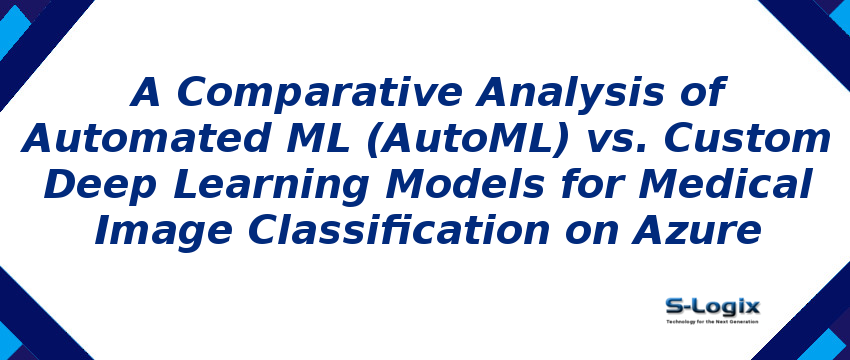
| Azure Service | Purpose |
|---|---|
| Azure Machine Learning Service | Centralized platform for training, AutoML, experiment management, and tracking workflows |
| Azure AutoML Vision | Automated ML for image classification with minimal coding effort |
| Azure Data Lake / Azure Blob Storage | Storage of large-scale medical imaging datasets (X-rays, MRIs, CT scans) |
| Azure Compute Instances / GPU VMs | High-performance compute for training custom deep learning models |
| Azure ML HyperDrive | Hyperparameter tuning to optimize deep learning models |
| Azure Kubernetes Service (AKS) / Azure Container Instances (ACI) | Deployment of trained models as scalable APIs or microservices |
| Azure Monitor & Application Insights | Continuous monitoring, logging, and performance tracking of deployed models |